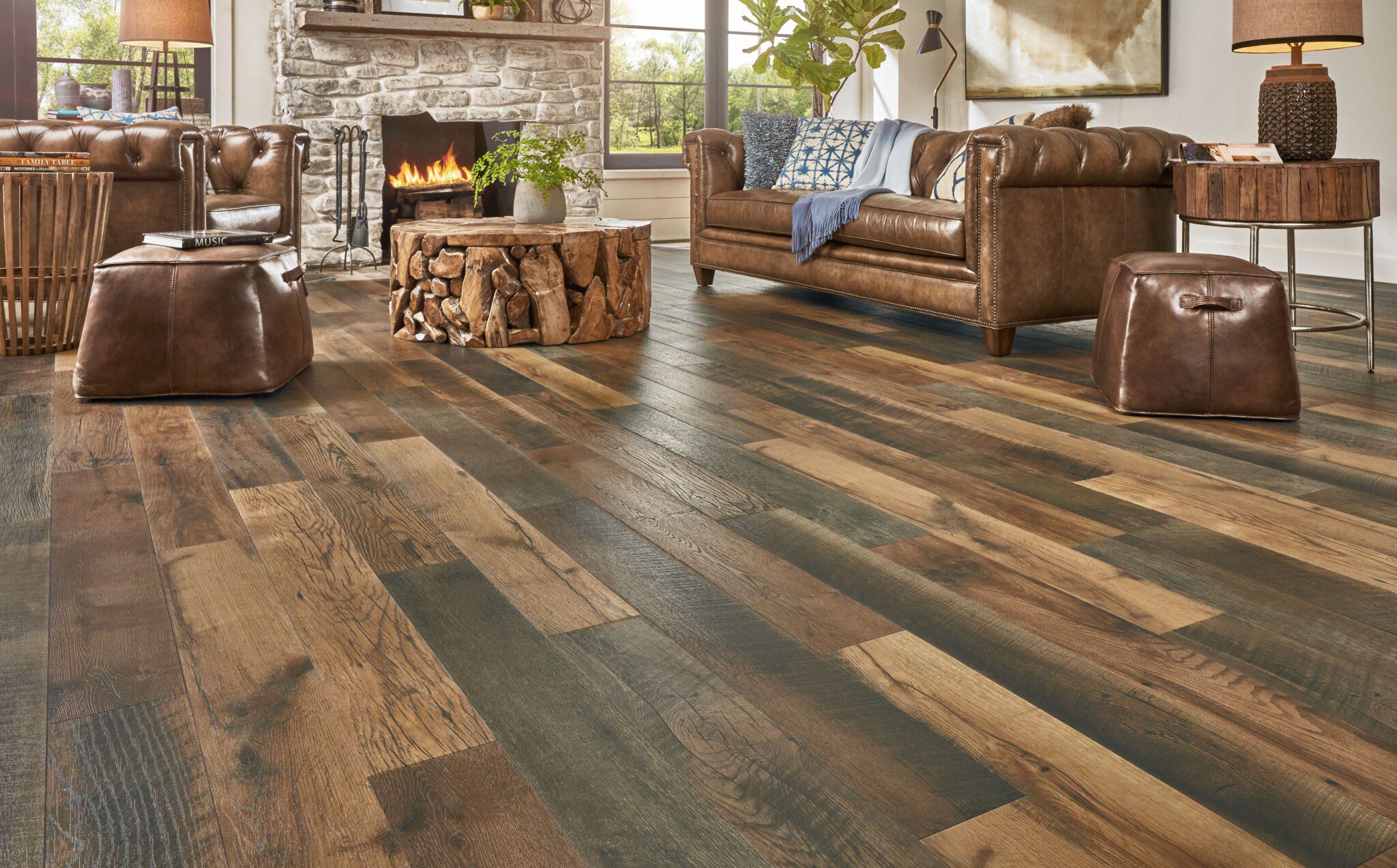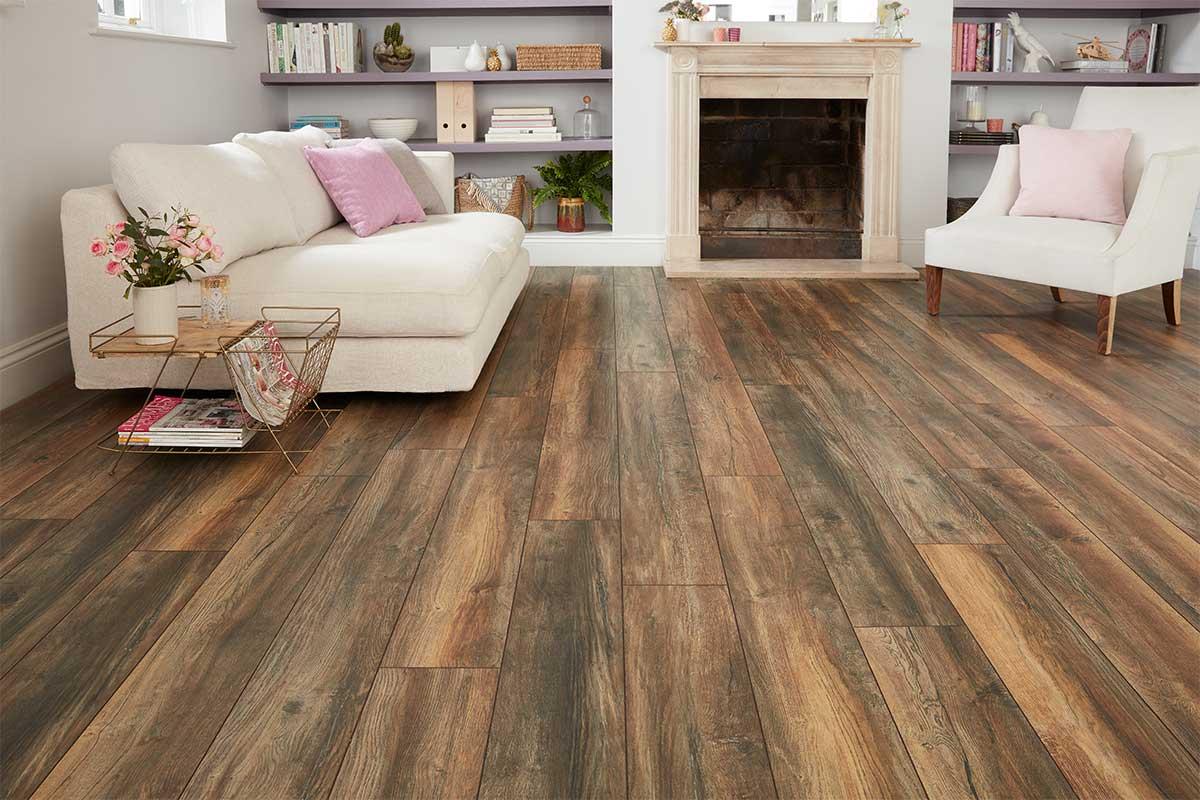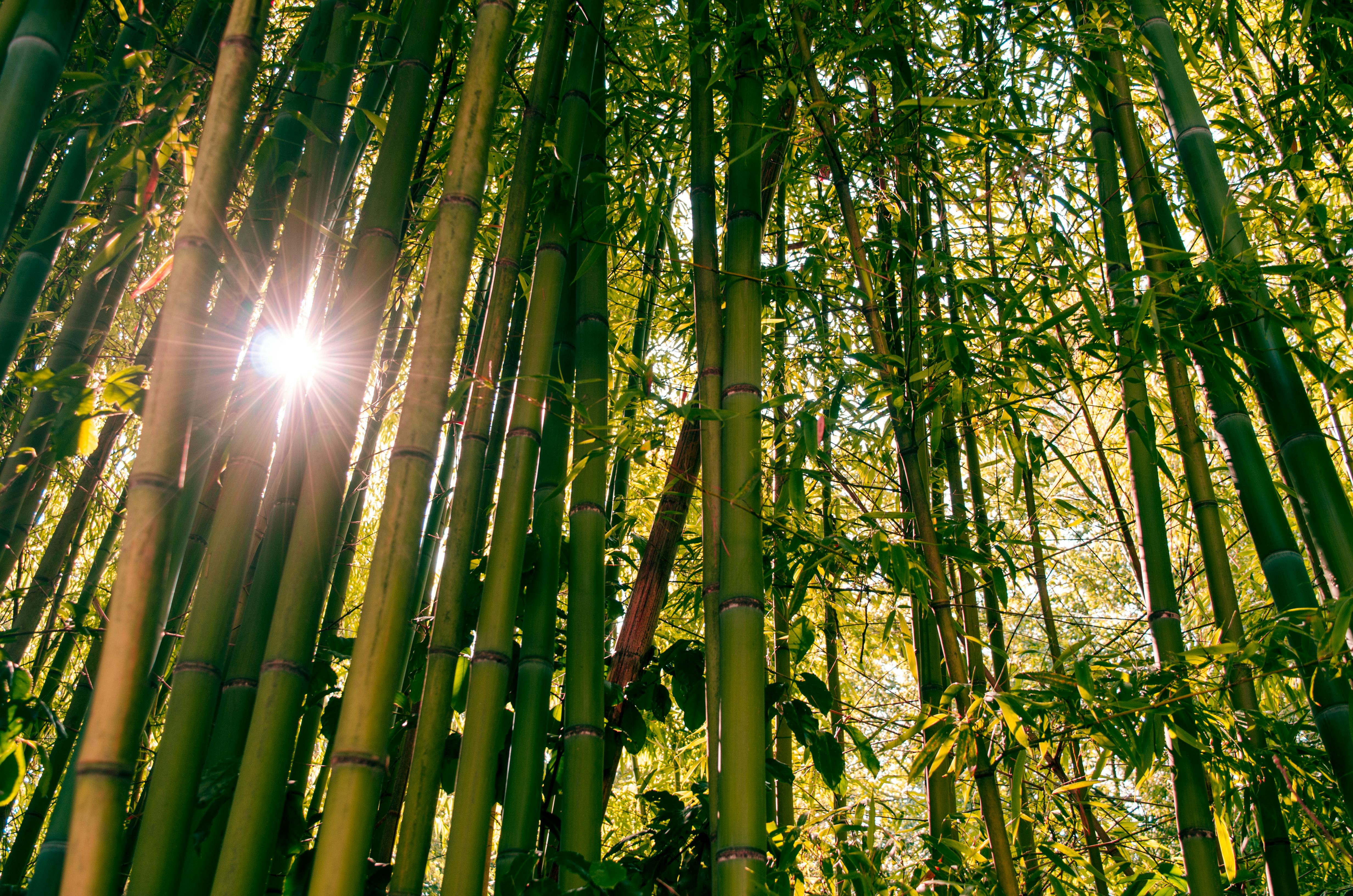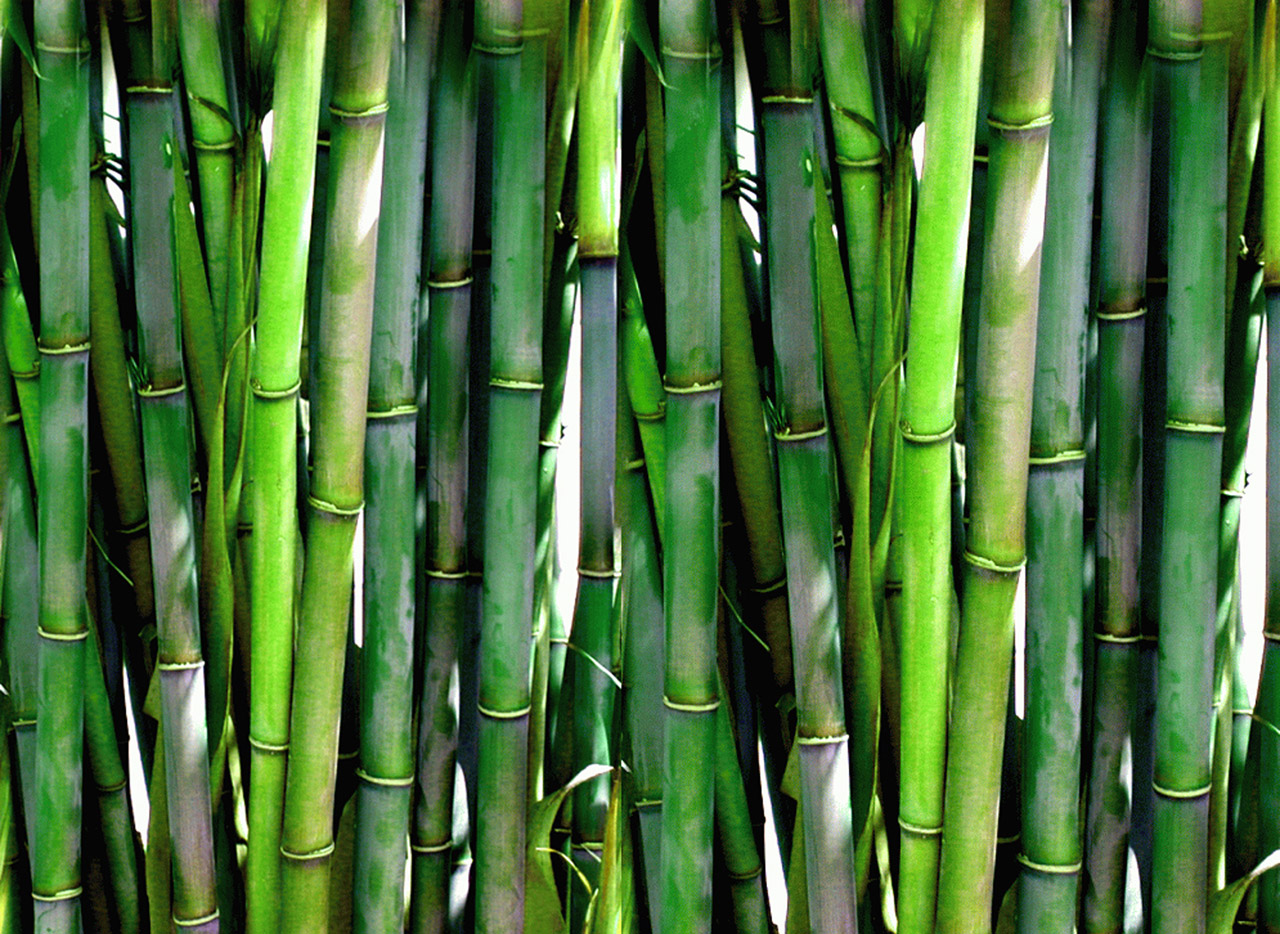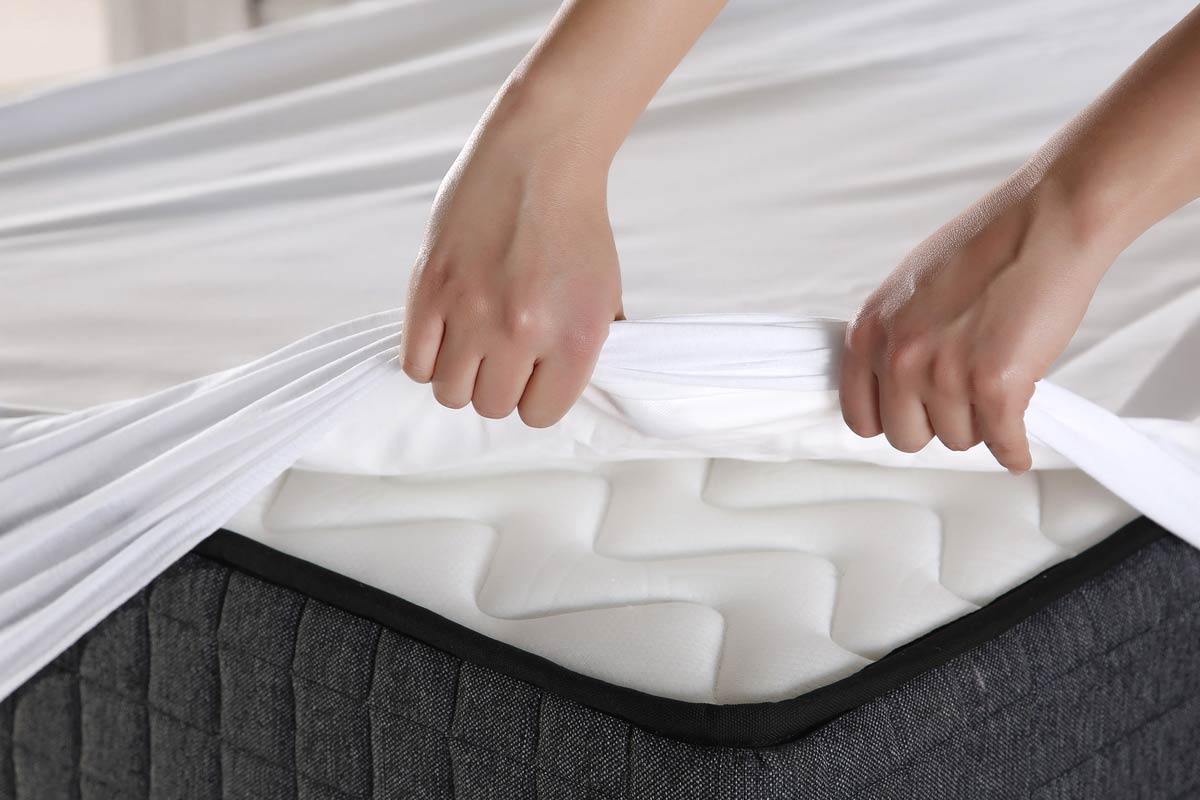A popular alternative to traditional kitchen table tops is concrete. This material offers a modern and industrial look, making it a great choice for contemporary kitchens. Durable, versatile, and low-maintenance, concrete can withstand high temperatures and is resistant to scratches and stains. One of the benefits of using concrete as a kitchen table top is its ability to be customized. It can be poured into any shape or size, allowing for unique designs and personalization. Additionally, color pigments can be added to the concrete mix to create a variety of hues, from neutral tones to bold and vibrant colors. However, concrete can be a heavy and expensive option, so it may not be suitable for all budgets. It also requires professional installation as it needs to be poured and cured properly to avoid cracking. Maintenance is also important, as concrete can absorb liquids and stains if not properly sealed.Concrete
For a luxurious and elegant look, marble is a popular choice for kitchen table tops. Its natural veining and variations in color make each slab unique and adds a touch of sophistication to any kitchen. Marble is also heat-resistant, making it a great option for cooking and baking. One of the downsides of using marble is its porous nature, making it prone to staining and etching. It also requires regular sealing to maintain its shine and protect it from damage. Additionally, marble can be a high-maintenance material, as it is susceptible to scratches and can be difficult to repair. However, the timeless beauty and durability of marble make it a top choice for kitchen table tops, especially for those looking to make a statement with their design.Marble
Another popular natural stone option for kitchen table tops is granite. Its durability and resistance to heat, scratches, and stains make it a practical choice for busy kitchens. Like marble, granite also offers a unique and natural aesthetic with its various color and pattern options. Granite is also relatively low-maintenance, requiring only occasional sealing and regular cleaning. It is also a long-lasting material that can withstand daily wear and tear without showing signs of aging. However, granite can be a heavy and expensive option, and its installation may require professional assistance. It is also prone to chipping and cracking if not handled carefully.Granite
Quartz is a popular alternative to natural stone for kitchen table tops. It is an engineered material made from crushed quartz and resin, offering a wide range of colors and patterns to choose from. It is non-porous and stain-resistant, making it a low-maintenance and hygienic option for kitchens. Unlike natural stone, quartz is scratch-resistant and does not require sealing. It is also heat-resistant, but it is recommended to use trivets or hot pads to protect the surface from extreme temperatures. However, quartz can be an expensive option, and it may not offer the same natural look and feel as other materials. It is also not recommended to use harsh chemicals or abrasive cleaners on quartz, as it can damage the surface.Quartz
If you want to add warmth and texture to your kitchen, consider using butcher block as a table top material. Made from hardwood such as maple, oak, or cherry, butcher block offers a rustic and traditional look that can complement a variety of kitchen styles. Butcher block is also a durable and eco-friendly option, as it is made from sustainably-sourced wood. It is also heat-resistant and can be sanded and resealed to remove scratches and maintain its appearance. However, butcher block does require regular maintenance, such as oiling and sealing, to prevent water damage and bacteria growth. It is also more susceptible to scratches and dents compared to other materials.Butcher Block
Glass is a sleek and modern option for kitchen table tops. It offers a reflective and light-enhancing quality, making it a great choice for smaller kitchens that need a visual boost. Glass also comes in a variety of colors and styles, including frosted, textured, and stained, allowing for customization and personalization. Glass is also heat-resistant and easy to clean, making it a practical choice for busy kitchens. It is also non-porous and stain-resistant, but it may show fingerprints and water spots, requiring regular wiping. However, glass can be a fragile material, and it may not be suitable for households with young children or pets. It can also be a slippery surface, so precautions should be taken to avoid accidents.Glass
For a sleek and industrial look, stainless steel is a popular choice for kitchen table tops. Its modern and clean appearance makes it a great option for contemporary and minimalist kitchens. Stainless steel is also heat-resistant and hygienic, making it a practical choice for food preparation areas. Stainless steel is also durable and low-maintenance, as it is resistant to scratches, stains, and bacteria. It is also easy to clean with just soap and water, making it a popular choice for commercial kitchens. However, stainless steel can be a noisy material, and it may show fingerprints and scratches more easily compared to other materials. It can also be a cold surface, so using trivets or hot pads is recommended to protect the material from extreme temperatures.Stainless Steel
Ceramic tile is a budget-friendly option for kitchen table tops, offering a variety of colors, patterns, and sizes to choose from. It is also durable and heat-resistant, making it a practical choice for kitchens. Ceramic tile is also non-porous, stain-resistant, and easy to clean, making it a low-maintenance option for busy households. One of the benefits of using ceramic tile as a table top material is its customization options. Tiles can be arranged in various patterns and designs, allowing for a unique and personalized look. However, ceramic tile can be prone to chipping and cracking if not properly installed or if heavy objects are dropped on it. It may also require occasional re-grouting and sealing to prevent water damage and maintain its appearance.Ceramic Tile
Laminate is a budget-friendly and versatile option for kitchen table tops. It is made from layers of resin and paper with a printed design on top, making it available in a wide range of colors and patterns. Laminate is also heat-resistant and easy to clean, making it a practical choice for busy kitchens. One of the benefits of using laminate is its resistance to scratches and stains, making it a great choice for households with children and pets. It also requires minimal maintenance, only needing to be wiped down with a damp cloth. However, laminate can be prone to chipping and peeling at the edges if not properly installed or if exposed to high heat. It is also not as durable as other materials, and it may need to be replaced sooner than other options.Laminate
Bamboo is a sustainable and eco-friendly alternative to traditional wood for kitchen table tops. It offers a natural and warm aesthetic, adding a touch of nature to any kitchen. Bamboo is also durable and strong, making it a practical choice for everyday use. Bamboo is also water-resistant and anti-bacterial, making it a hygienic option for food preparation areas. It is also heat-resistant, but using trivets or hot pads is still recommended to protect the surface from extreme temperatures. However, bamboo can be prone to scratches and dents, and it may need to be resealed regularly to prevent water damage. It is also a softer material compared to other options, and it may not be suitable for heavy-duty use.Bamboo
Benefits of Using Alternative Materials for Kitchen Table Tops

Enhanced Aesthetic Appeal
 One of the main reasons why homeowners are opting for alternative materials for their kitchen table tops is because of the enhanced aesthetic appeal they offer. Traditional materials like granite and marble have been used for decades, but they can often give a very generic and predictable look to a kitchen. By using alternative materials such as concrete, reclaimed wood, or even recycled glass, homeowners can achieve a unique and customized look that reflects their personal style and taste.
One of the main reasons why homeowners are opting for alternative materials for their kitchen table tops is because of the enhanced aesthetic appeal they offer. Traditional materials like granite and marble have been used for decades, but they can often give a very generic and predictable look to a kitchen. By using alternative materials such as concrete, reclaimed wood, or even recycled glass, homeowners can achieve a unique and customized look that reflects their personal style and taste.
Cost-Effective Option
 Another significant advantage of using alternative materials for kitchen table tops is the cost-effectiveness they offer. While traditional materials like granite and marble can be quite expensive, alternative materials are often more budget-friendly. This allows homeowners to upgrade their kitchen without breaking the bank. Additionally, some alternative materials can be sourced locally, reducing transportation costs and supporting local businesses.
Another significant advantage of using alternative materials for kitchen table tops is the cost-effectiveness they offer. While traditional materials like granite and marble can be quite expensive, alternative materials are often more budget-friendly. This allows homeowners to upgrade their kitchen without breaking the bank. Additionally, some alternative materials can be sourced locally, reducing transportation costs and supporting local businesses.
Durability and Longevity
 Alternative materials for kitchen table tops are not only aesthetically pleasing and cost-effective, but they are also durable and long-lasting. Materials like concrete, quartz, and solid surface are highly resistant to scratches, stains, and heat, making them ideal for high-traffic areas like the kitchen. They also require minimal maintenance and can withstand the test of time, making them a practical and sustainable choice for kitchen design.
Alternative materials for kitchen table tops are not only aesthetically pleasing and cost-effective, but they are also durable and long-lasting. Materials like concrete, quartz, and solid surface are highly resistant to scratches, stains, and heat, making them ideal for high-traffic areas like the kitchen. They also require minimal maintenance and can withstand the test of time, making them a practical and sustainable choice for kitchen design.
Flexibility in Design
 Using alternative materials for kitchen table tops also offers more flexibility in design compared to traditional materials. With options like concrete, reclaimed wood, and recycled glass, homeowners can choose from a variety of colors, textures, and patterns to create a unique and personalized design. These materials can also be customized to fit any kitchen layout and size, making them a versatile option for any kitchen design.
In conclusion, alternative materials for kitchen table tops offer a range of benefits that make them a popular choice among homeowners. From enhanced aesthetic appeal and cost-effectiveness to durability and flexibility in design, these materials are a great way to upgrade your kitchen and add a touch of personalization. Consider using alternative materials for your kitchen table top and see the difference it can make in your home.
Using alternative materials for kitchen table tops also offers more flexibility in design compared to traditional materials. With options like concrete, reclaimed wood, and recycled glass, homeowners can choose from a variety of colors, textures, and patterns to create a unique and personalized design. These materials can also be customized to fit any kitchen layout and size, making them a versatile option for any kitchen design.
In conclusion, alternative materials for kitchen table tops offer a range of benefits that make them a popular choice among homeowners. From enhanced aesthetic appeal and cost-effectiveness to durability and flexibility in design, these materials are a great way to upgrade your kitchen and add a touch of personalization. Consider using alternative materials for your kitchen table top and see the difference it can make in your home.













/marble-941374788-5b16eaa4fa6bcc00369692c7.jpg)

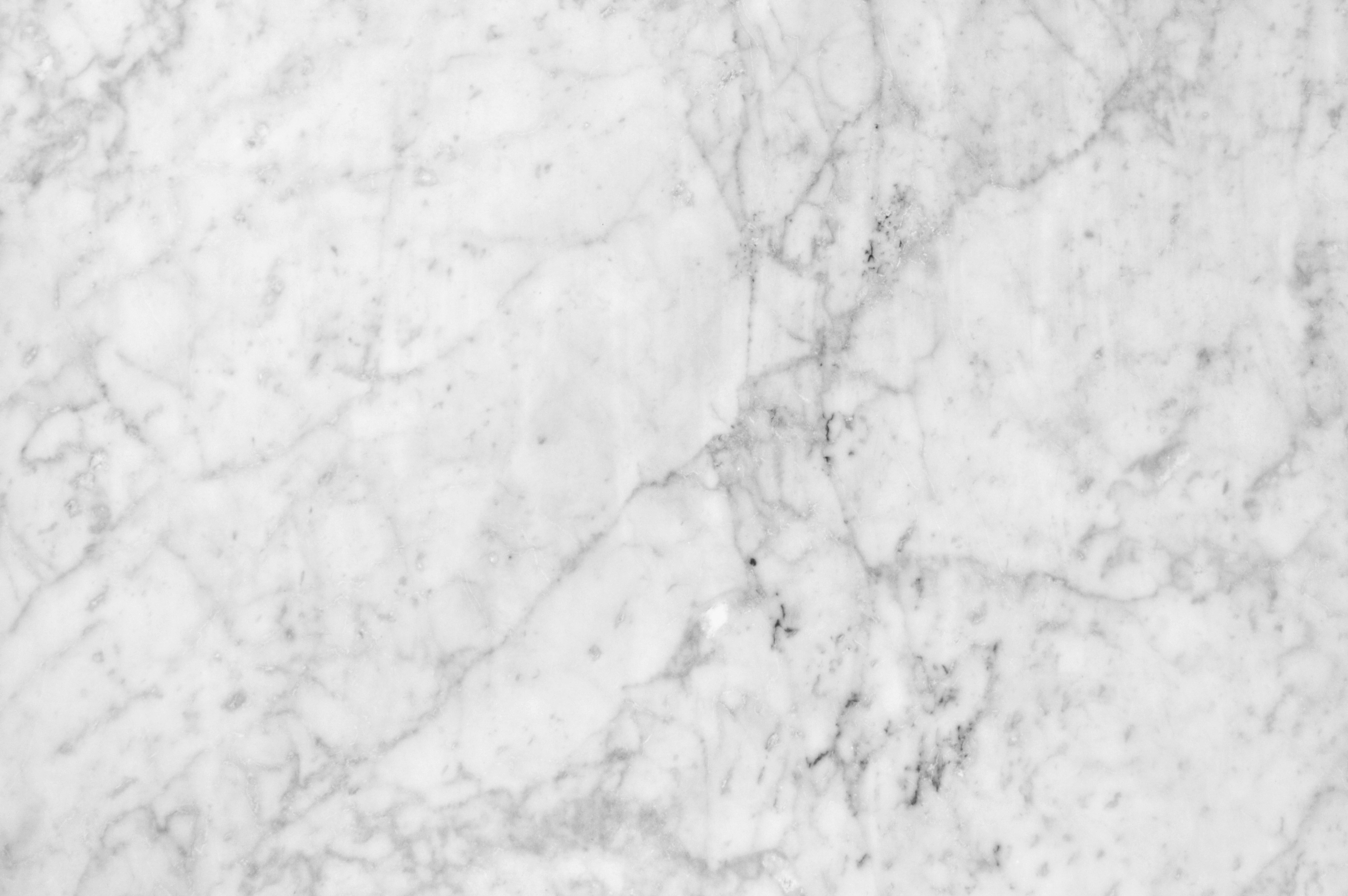



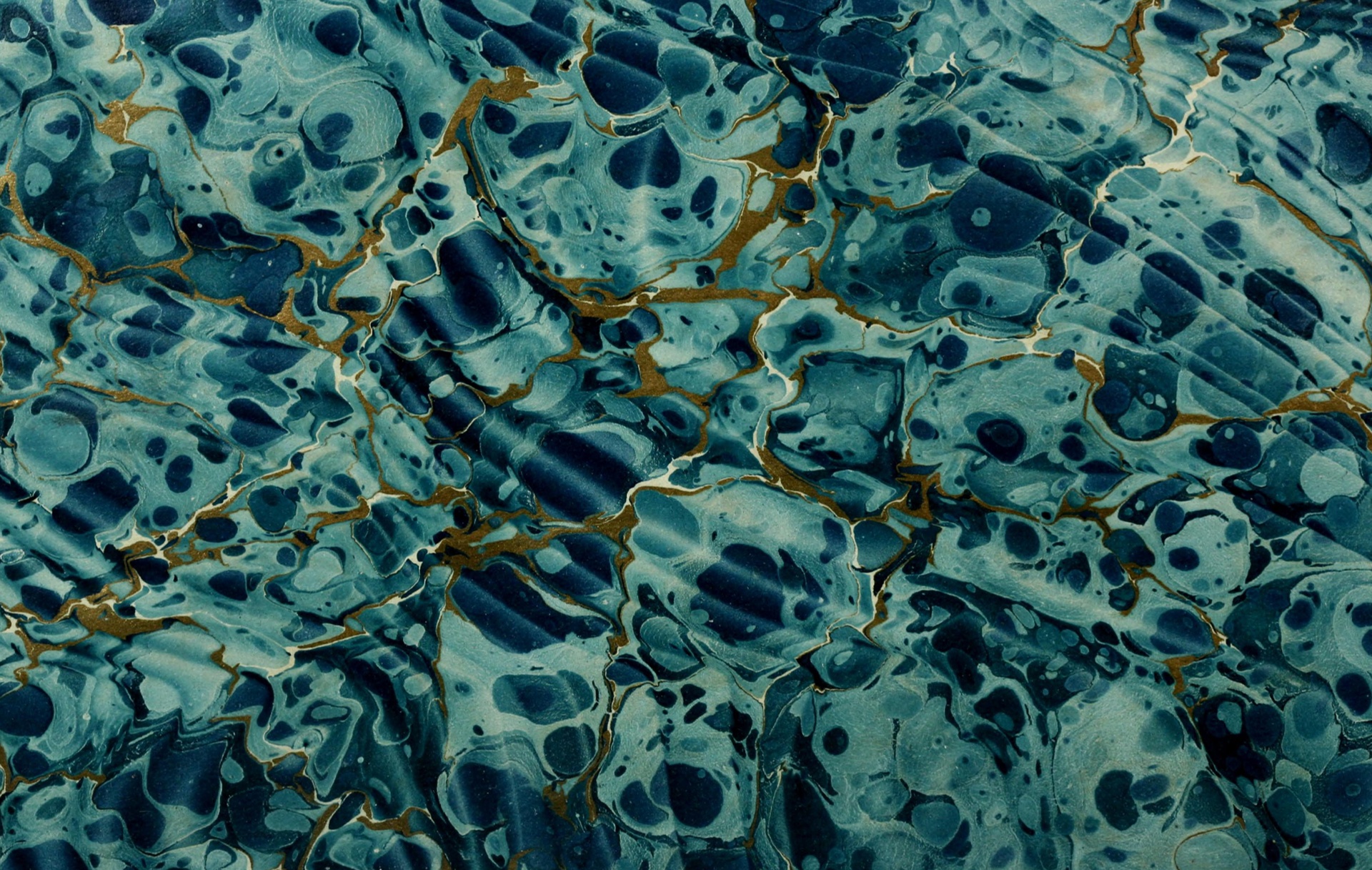
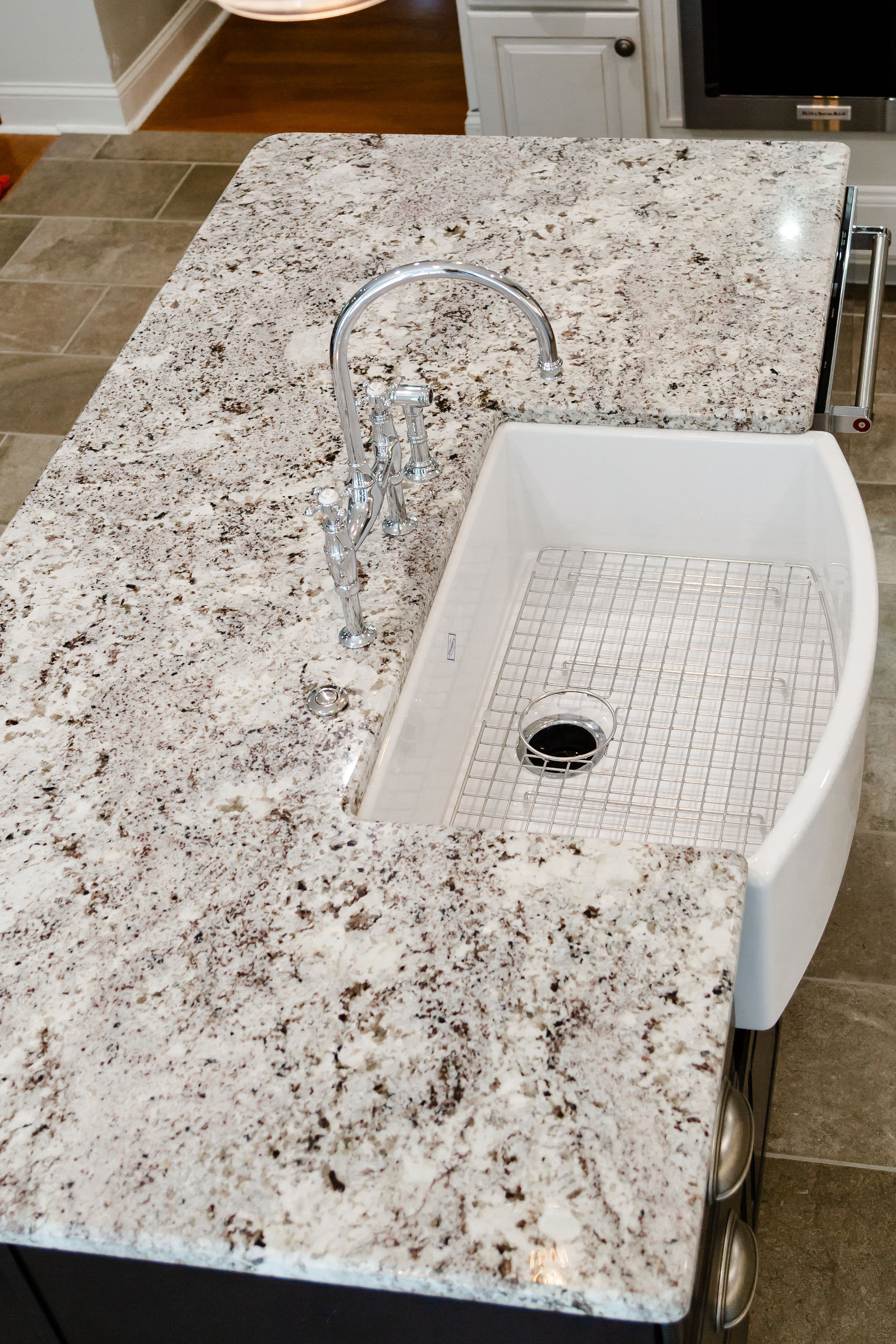
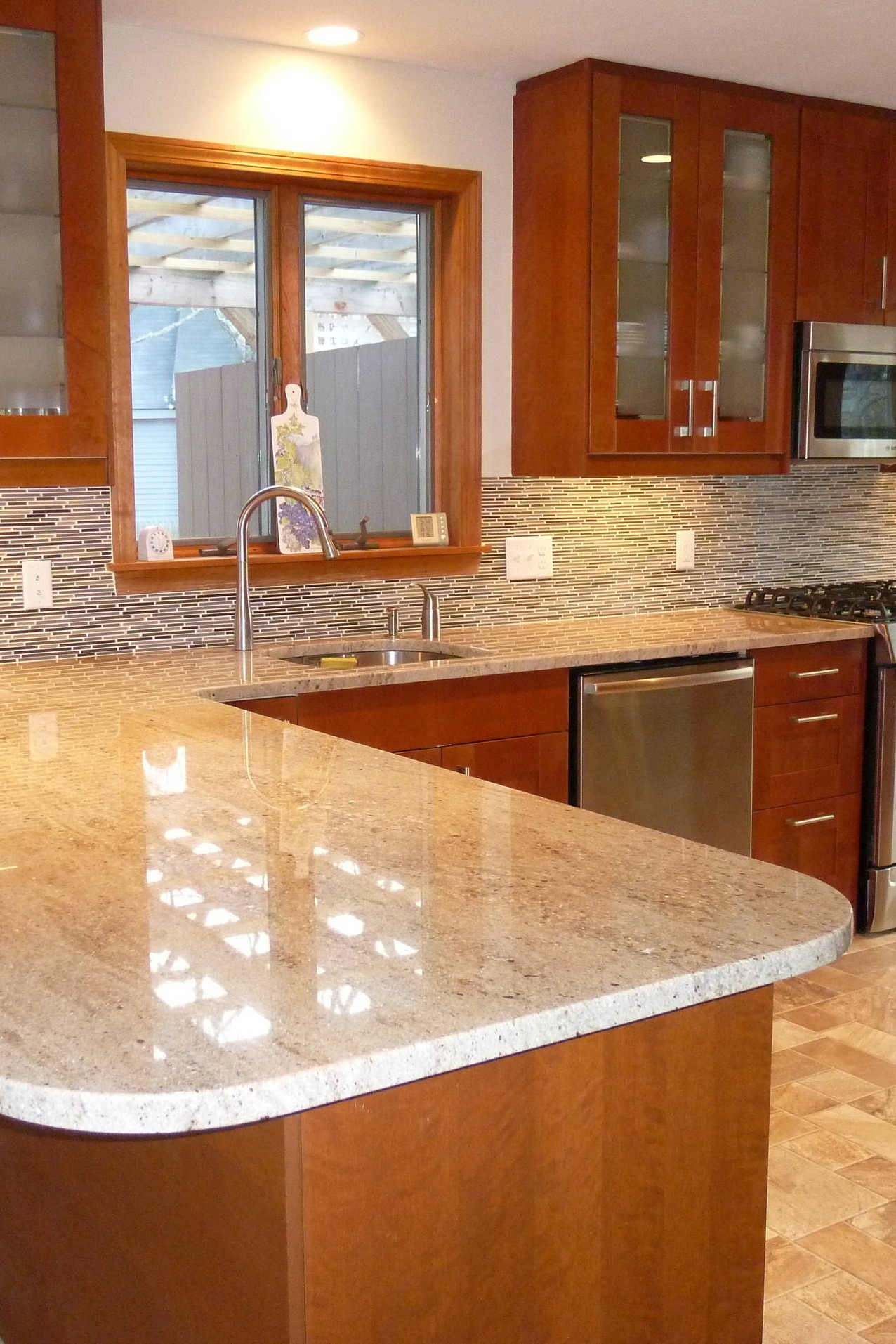





/Granite-Countertop-58c568523df78c353cfebca3.jpg)



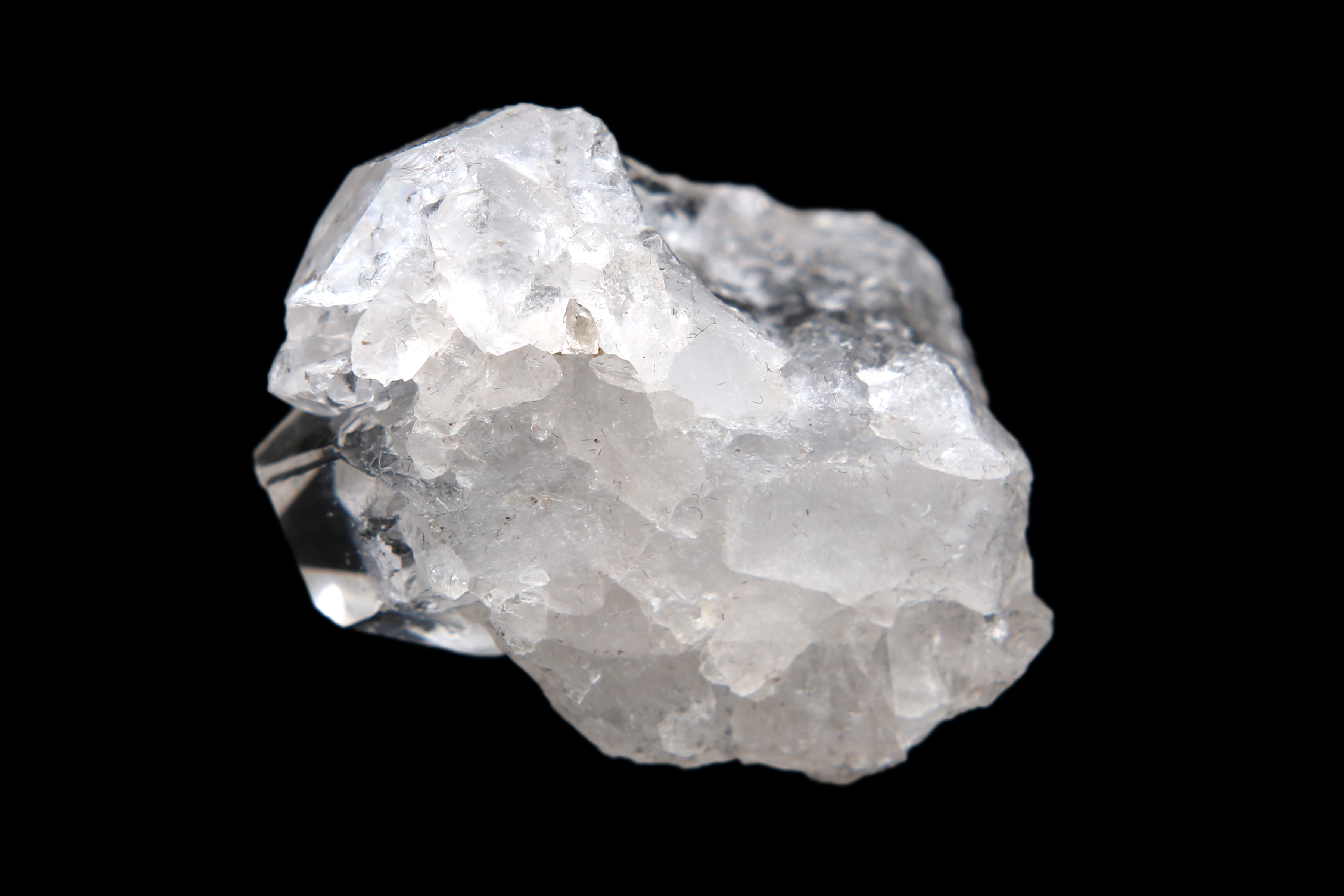



















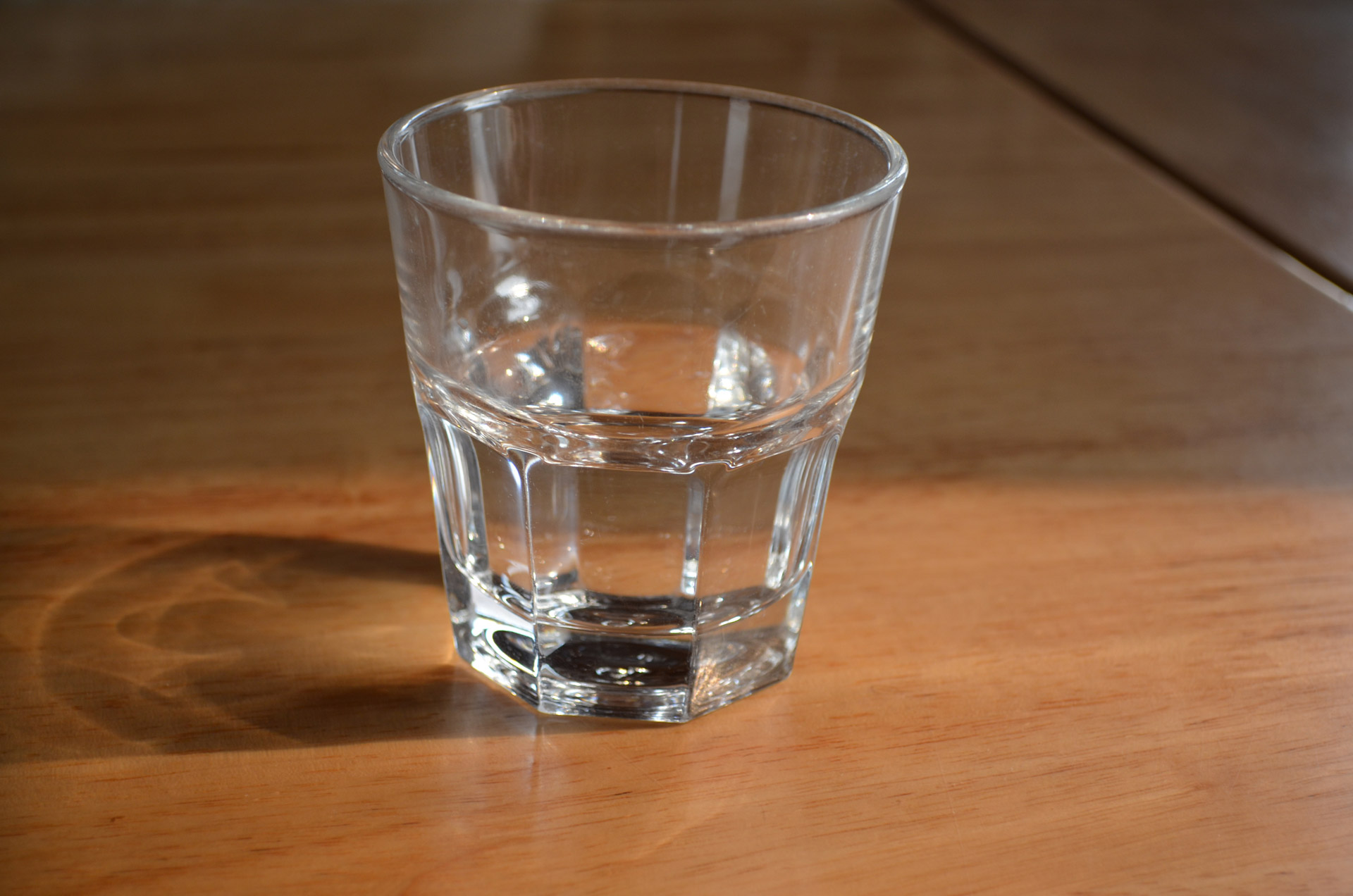

















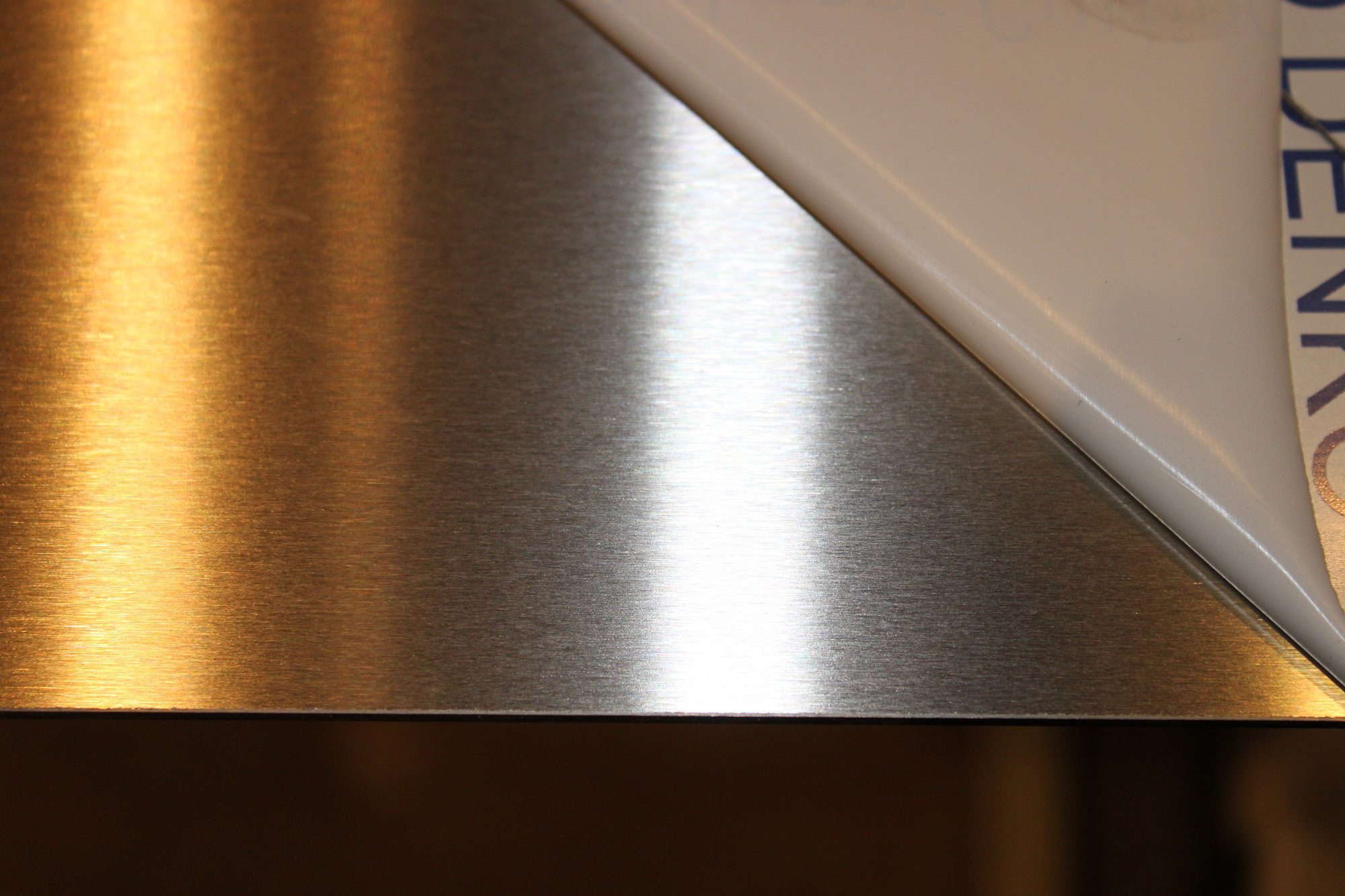













/Installing-Ceramic-Floor-Tile-86464768-583ffd0d5f9b5851e5eac8c0.jpg)



